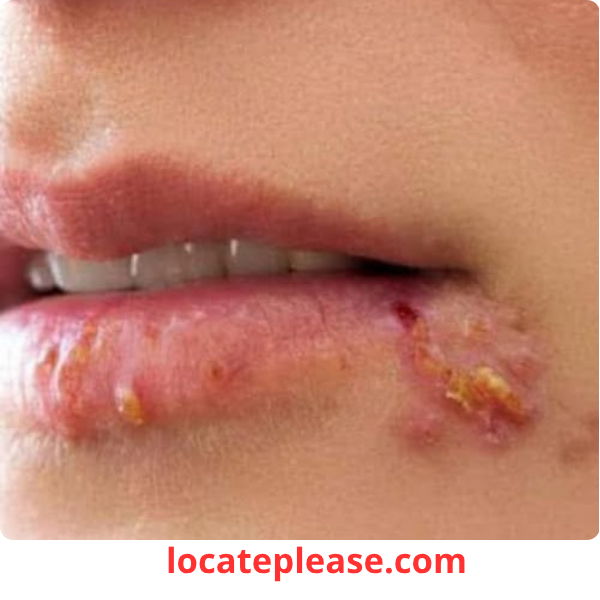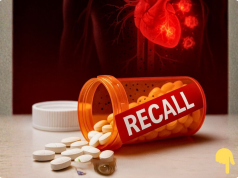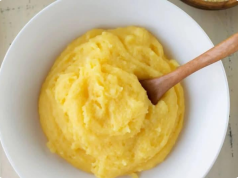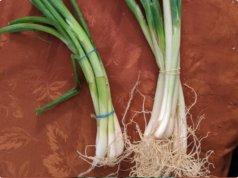A tingling. A tightness. A small, painful bump forming on your lip.
If you’ve felt this before, you know what’s coming:
👉 A cold sore — also known as a fever blister — is on its way.
While not dangerous for most people, cold sores are contagious, uncomfortable, and often embarrassing. And if you’ve had one, you’re likely to get another — because once the virus enters your body, it stays for life.
But here’s the good news:
Understanding what causes cold sores — and how to treat and prevent them — can help you reduce outbreaks, speed healing, and protect others.
Let’s break down everything you need to know.
What Are Cold Sores?
Cold sores are small, fluid-filled blisters that usually appear around the lips, mouth, nose, or chin. They’re caused by the herpes simplex virus type 1 (HSV-1) — a common virus that infects up to 67% of the global population under age 50 (WHO).
While HSV-1 is most often linked to oral herpes, and HSV-2 to genital herpes, both viruses can affect either area — depending on how they’re transmitted.
Once you’re infected, the virus never leaves your body. It retreats into nerve cells near your face and lies dormant — until something triggers it to reactivate.
🧬 How Do You Get HSV-1?
HSV-1 spreads through direct contact with infected skin or saliva, even when no sores are visible.
Common ways it spreads:
- Kissing (especially from a family member to a child)
- Sharing utensils, cups, or straws
- Using someone else’s lip balm, razor, or towel
- Close facial contact (like hugging or cuddling)
Most people pick it up in childhood — long before they realize it.
⚠️ What Triggers a Cold Sore Outbreak?
The virus can stay inactive for months or years — but certain factors can “wake it up”:
|
Stress
|
Weakens your immune system
|
|
Illness or fever
|
Your body is distracted fighting other invaders
|
|
Fatigue or poor sleep
|
Immune function drops
|
|
Sun exposure
|
UV rays can damage lip skin and trigger the virus
|
|
Hormonal changes
|
Especially during menstruation or pregnancy
|
|
Weakened immunity
|
From illness, medication, or chronic stress
|
Outbreaks are more common during cold and flu season — hence the name “fever blisters.”
👄 Early Signs of a Cold Sore (Don’t Wait!)
Cold sores don’t appear out of nowhere. They give warning signs — usually 1–2 days before the blister shows up.
Watch for:
- Tingling, itching, or burning on the lip
- Redness or swelling in one spot
- Soreness or tightness in the area
👉 This is your golden window.
If you act now, you can shorten the outbreak and reduce severity.
How Cold Sores Develop (Stage by Stage)
- Day 1–2: Tingling and redness
- Day 2–4: Small blisters form — often in clusters
- Day 4–5: Blisters burst, ooze, and form a yellowish crust
- Day 6–10: Crust darkens and flakes off
- Day 10–14: Healing completes (sometimes up to 4 weeks)
The sore is most contagious when oozing — but you can spread the virus anytime, even without visible sores.
💊 How to Treat Cold Sores
There’s no cure, but these treatments can help:
1. Antiviral Medications (Most Effective)
- Acyclovir (Zovirax) or valacyclovir (Valtrex) — prescription pills or creams
- Best when taken at the first sign (tingling stage)
- Can shorten healing time by 2–3 days
2. Over-the-Counter (OTC) Options
- Docosanol cream (Abreva) — speeds healing
- Lidocaine or benzocaine — numbs pain
- Pain relievers — ibuprofen or acetaminophen for discomfort
3. Natural Remedies (Supportive Care)
- Aloe vera gel — soothes and reduces inflammation
- Lemon balm (Melissa officinalis) — may speed healing and reduce recurrence
- Tea tree oil — antiviral properties (dilute with carrier oil)
- Petroleum jelly — keeps the sore moist and prevents cracking
✅ Tip: Use a cotton swab to apply treatments — don’t touch the sore with your fingers.
🛡️ How to Prevent Future Outbreaks
You can’t remove the virus — but you can reduce how often it returns.
✅ Use SPF lip balm daily — UV exposure is a major trigger
✅ Manage stress — try meditation, yoga, or deep breathing
✅ Get 7–8 hours of sleep — rest strengthens immunity
✅ Eat a balanced diet — rich in vitamins C, E, and zinc
✅ Stay hydrated — dry lips are more vulnerable
✅ Avoid sharing personal items — lip balm, drinks, toothbrushes
🧼 How to Stop the Spread
Cold sores are highly contagious, especially during active outbreaks.
Do NOT:
- Kiss anyone (including children)
- Share drinks, utensils, or lip products
- Touch the sore and then touch your eyes or genitals (can spread the virus)
- Pick or pop the blister (delays healing and spreads virus)
Do:
- Wash hands frequently
- Use a new toothbrush after an outbreak
- Cover the sore with a lip balm or bandage (if going out)
When to See a Doctor
Most cold sores heal on their own — but see a healthcare provider if:
- The sore lasts longer than 4 weeks
- You have frequent outbreaks (more than 6 per year)
- The virus spreads to your eyes (can cause vision damage)
- You have a weakened immune system (HIV, cancer, etc.)
- You’re pregnant and develop a new infection
Final Thoughts: It’s Not a Flaw — It’s a Virus
Having a cold sore doesn’t mean you’re unclean or careless.
It means you’re human.
HSV-1 is incredibly common, and outbreaks are not your fault.
But by knowing your triggers, treating early, and protecting others, you can take control — and reduce the impact on your life.
So next time you feel that familiar tingle…
Don’t panic.
Reach for your antiviral cream.
Be kind to yourself.
Because a cold sore doesn’t define you.
And with the right care, it won’t slow you down.
Your lips are healing. So are you.










